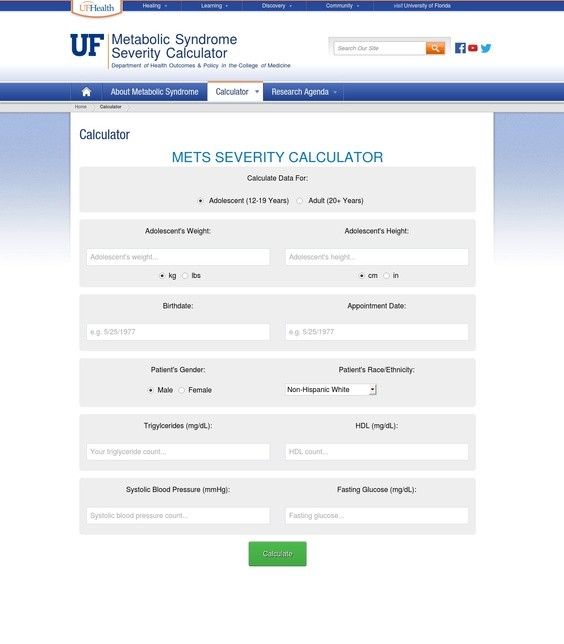The number of Americans who are hospitalized for stroke continues to increase, but the death rate is declining, according to a report in the October issue of Stroke: Journal of the American Heart Association.
Epidemiologists from the Albert Einstein College of Medicine, in the Bronx, New York, based their findings on an analysis of data from the National Hospital Discharge Survey, which was conducted by the National Center for Health Statistics (NCHS).
During the decade from 1988 to 1997, the number of hospitalizations for stroke increased by 38.6 percent while the age-adjusted stroke hospitalization rate - the number per 100,000 population - increased by 18.6 percent, according to the researchers' findings. However, researchers say changes in admission practices could account for the increase.
Strokes killed fewer people. The age-adjusted stroke death rate declined by 13.4 percent from 29.9 to 25.9 per 100,000 population in the 10-year period, as reported by the NCHS. Moreover, the in-hospital death rate declined steadily from 12.7 percent to 7.6 percent.
While hospitalizations are up, the hospital stays are much shorter - an average of 6.2 days compared to 11.1 days, 10 years ago. The implementation of a new payment system for Medicare, which restricted the number of days that would be paid for by the plan, probably contributed to shortened hospital stays, according to researchers. But they note that another possible explanation is the increase in specialized stroke units where patients could receive more directed care, which could reduce recovery time.
Although patients spent fewer days in the hospital, more stroke patients had other illnesses. The incidence of diabetes increased 17.4 percent, high blood pressure 34 percent and congestive heart failure 31 percent.
Men had higher stroke hospitalization rates than women until age 74.
The stroke hospitalization rate was highest in the South and lowest in the West, where it is about 20 percent lower than in other regions.
The researchers conclude that the improved death rate may be due to better treatment rather than improved prevention.
Source: AHA










